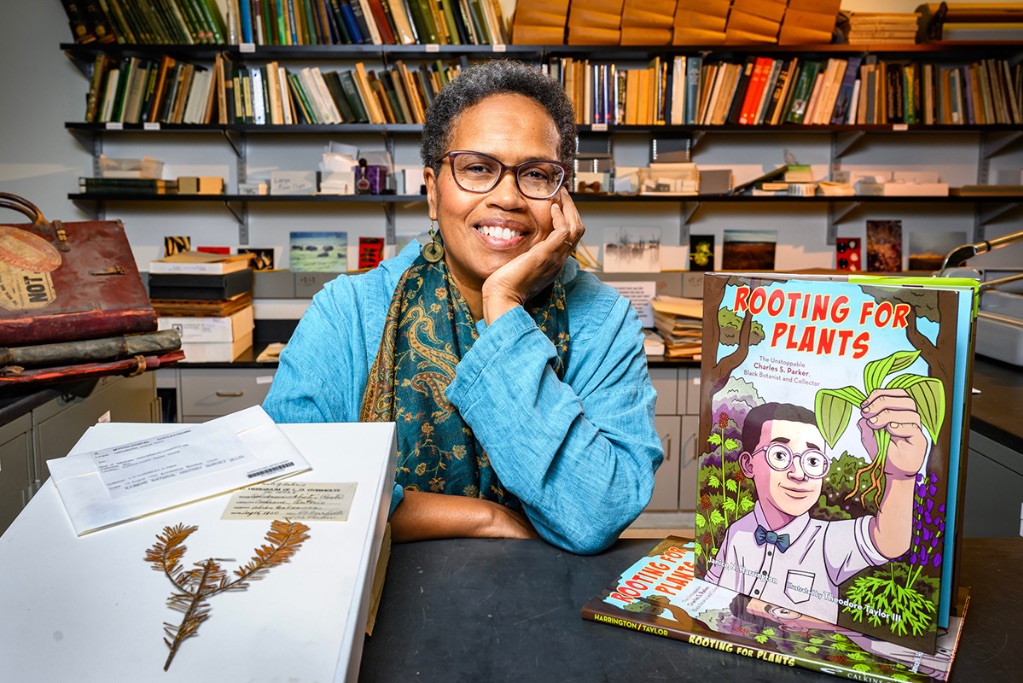Janice Harrington has lived in Champaign-Urbana since the 1980s, working at both the Urbana Free Library and the Champaign Public Library. Currently she is a Professor of English at the University of Illinois and an author of poetry and children’s literature. Harrington’s most recent book Rooting for Plants: The Unstoppable Charles S. Parker, Black Botanist and Collector is non-fiction children’s book about the life of Charles S. Parker, a Black botanist, mycologist, collector, and professor who lived in the late 1800s and early 1900s. This story doesn’t shy away from the struggles Parker faced in his life during his time as an officer in World War I and later as a scientist. While this book is written for children, at the end of the story, Harrington includes more information about Parker, including many photographs and a timeline. My favorite part was the list of Black botanists and mycologists from the past to the present so readers can keep learning. This book was well researched and provides the reader with a roadmap for learning more about plants and and an incredible scientist who deserves more time in the spotlight.
To bring this story to life, Harrington looked outside her field for help analyzing Parker’s discoveries and scientific articles. U of I Professor Emeritus of Crop Sciences, Robert Skirvin, U of I Professor Emeritus of Plant Biology, John Cheeseman, and other plant scientists helped her navigate Parker’s work and develop a glossary for the plant words and phrases throughout the story. This book not only illustrates the accomplishments of a Black botanist who is perhaps not as well known, but also highlights the Black people who have been in botany (and many other fields) for a long time and, I imagine, encourages children that you don’t have to be a scientist to get out and explore the world around you but if you want to, the path has been laid for you. Harrington was kind enough to answer some questions for me about her work and her many books.
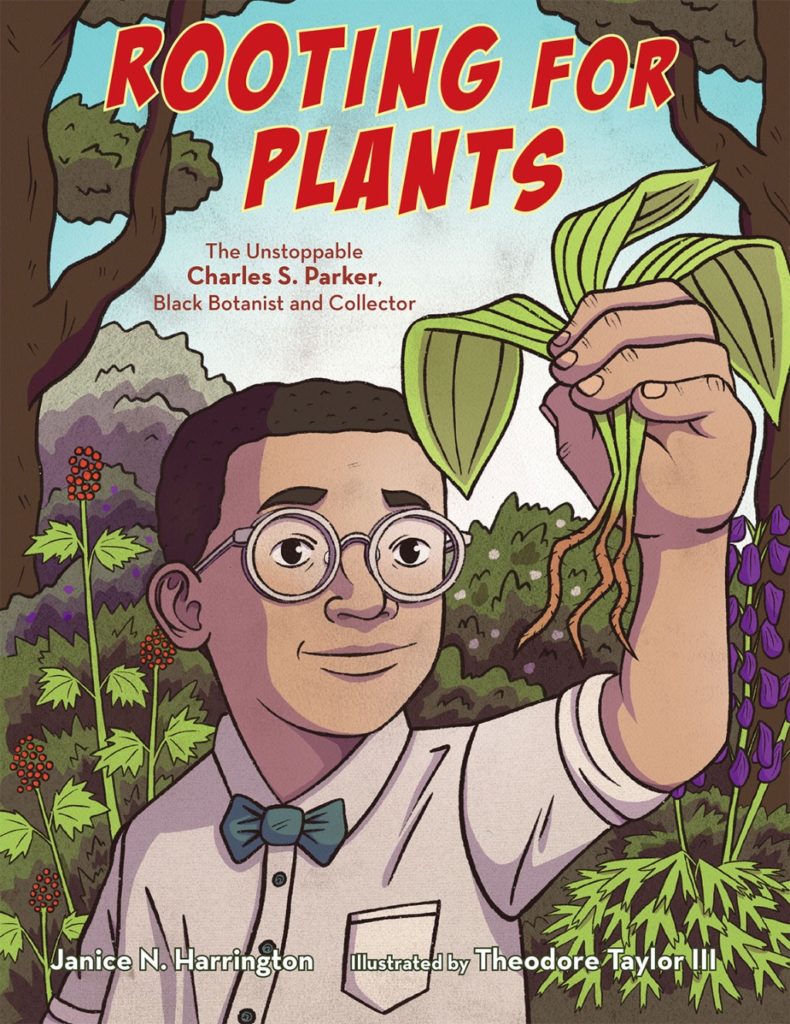
This interview has been edited for length and clarity.
Smile Politely: Can you tell me a bit about yourself and what you do?
Janice Harrington: I am a poet and a children’s author. And I teach creative writing at the University of Illinois.
SP: How long have you lived in Champaign Urbana, and what do you like best about it?
Harrington: I arrived in 1982. At that time, I was the Assistant Director of Children’s Services at The Urbana Free Library. I left Illinois in 1986 and later returned to become the Director of Children’s Services at the Champaign Public Library. Champaign-Urbana offers the services of a midwestern city, as well as a vibrant university community, but it still has that small-town feel. It’s possible to get to know people and to feel as if the community belongs to you.
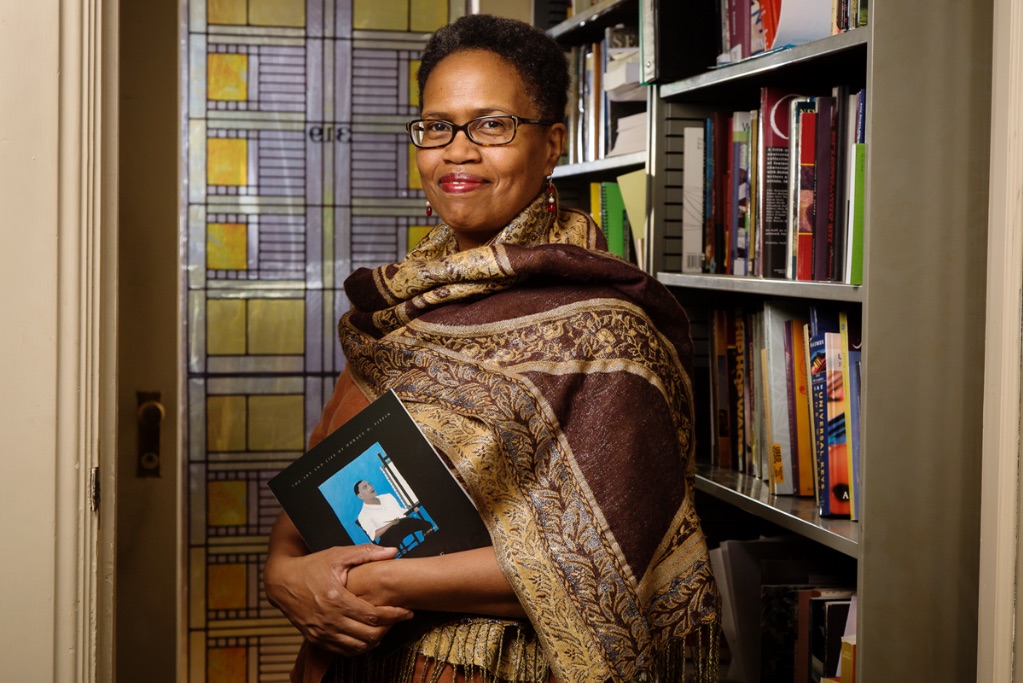
SP: What drew you to the field you work in?
Harrington: I always loved stories: reading them, writing them, sharing them. I am also an enthusiastic reader of poetry. Both these passions came together in my first children’s book Going North (Farrar, Straus, and Giroux 2004) and in my first adult poetry book Even the Hollow My Body Made Is Gone (BOA Editions 2007).
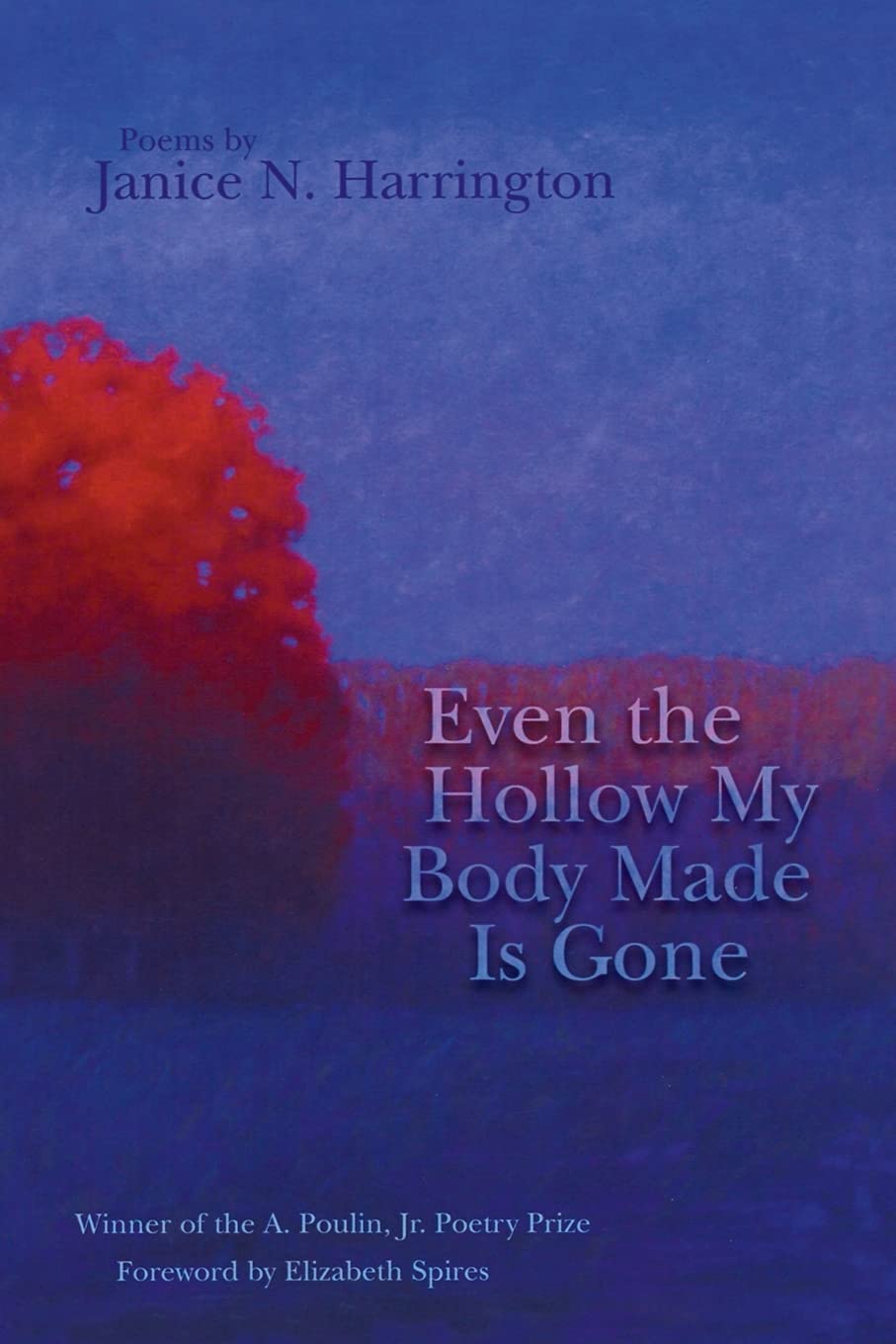
SP: You just published a children’s book about the Black botanist and collector Charles S. Parker. What was the motivation to write a book for children, as opposed to another type of reader?
Harrington: At heart, I am still a children’s librarian. It is vital — especially at a time of falling reading scores — to inspire children to want to read. I have two biographies for children: Buzzing with Questions and Rooting for Plants. Children love learning about other lives and finding new heroes who share their interests. Charles S. Parker traveled miles and miles, waded through swamps, and hiked over glaciers all to find out about the green world around him. He loved plants and wanted other people to love them, too. I wanted children to know about a Black scientist, but also that it is okay to study science and to learn about the natural world.
SP: Do you find yourself drawn to botany and the outdoors, or was it Parker that inspired this work?
Harrington: I am drawn to botany, but in the way that an amateur naturalist might be. I make botanical drawings, take hikes through prairies, and, of course, write poems about the prairies, woods, and farmlands of Illinois.
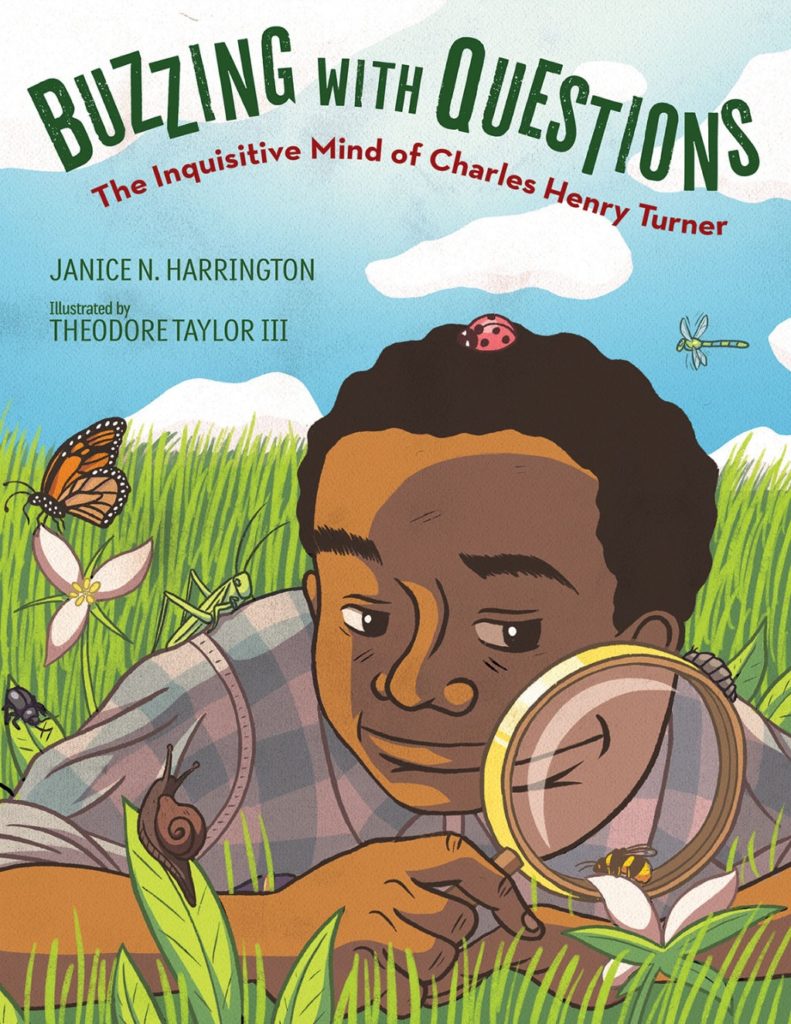
SP: What does your writing process look like, and what is the most challenging part of it?
Harrington: Hmmm… process meaning procedure, operation, action, task… I’ve always stumbled a bit over this question. I don’t have one way of approaching a new children’s story or a poem. My process is: get started. Write words, ideas, and images on the page and then keep going.
For Rooting for Plants I found an article about outstanding Black scientists. Parker’s accomplishments intrigued me, I set off to do more research, and then to write. Telling his story meant finding the large theme that ran through his life: he loved plants. I took that theme and searched for examples from his life that highlighted his passion for collecting and studying plants. The most challenging part of my writing process is revising, and revising, and revising.
SP: What did you enjoy most about writing this book?
Harrington: I loved researching Charles S. Parker’s life and working with the extraordinary botanists and botany professors of the University of Illinois: John Cheeseman, Robert M. Skirvin, Kenneth R. Robertson, and Joseph Lee Crane. Parker’s passion for going out into the world, for paying attention, and for believing that every living organism is important and can inspire us all.
SP: Do you plan to write more children’s books? Would they be similar?
Harrington: Yup! Lots more! I hope to write another verse novel, and I have another biography underway. No, I’m not sharing the plot or the subject. You’ll have to wait to read the books.
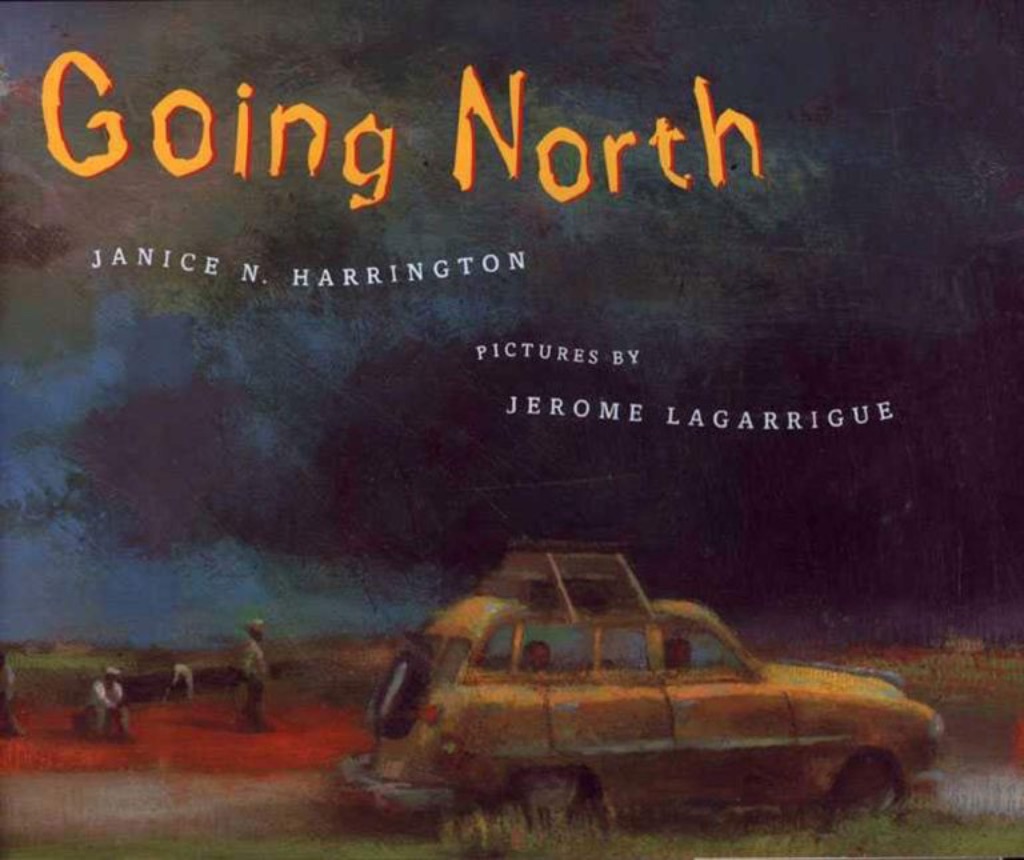
SP: What is your favorite place in C-U?
Harrington: Too easy — all of our libraries!








